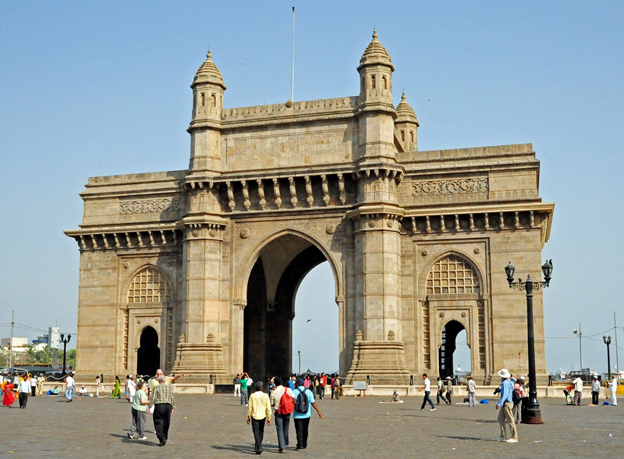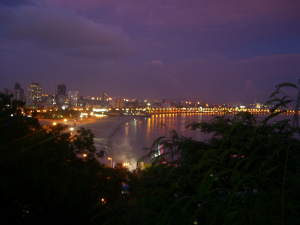
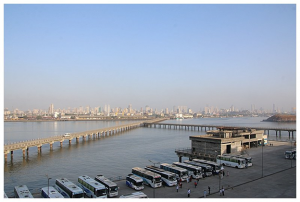
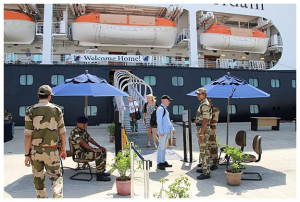
It is understandable that most governments have requirements before visitors may enter their countries. People might have different intentions than simply being tourists. People might be using the cruise as a cover to smuggle things in or out of a country. People might be planning to overthrow the government. Some people might just like to live in a country which does not want them. (Imagine that!)
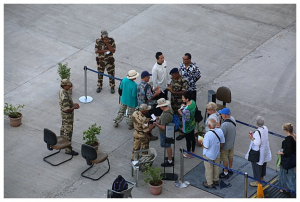 For this particular world cruise, India was one of only two countries which required that passengers obtain visas in advance of the trip. Holland America’s stated policy was that passengers without visas for China and India would not be allowed to take the cruise. (Remarkably, some people did not read or understand this policy and Holland America did not keep them off the ship.)
For this particular world cruise, India was one of only two countries which required that passengers obtain visas in advance of the trip. Holland America’s stated policy was that passengers without visas for China and India would not be allowed to take the cruise. (Remarkably, some people did not read or understand this policy and Holland America did not keep them off the ship.)
Obtaining visas can be complex and somewhat expensive. Your passport is required to be in the consulate office where the processing takes place. The visa becomes a permanent part of your passport. My attitude is one of acceptance. If the requirement is a visa, I will do what is required. If I do not have a clue how to get a visa, I will gladly pay a person who makes obtaining visas his fulltime job. I consider this one of the necessary costs of traveling.
For whatever reason, our ship was not assigned to the where it had always docked in the past. People who had visited India on Holland America ships before were quick to point this out to first-time-world- cruisers like myself.
I mentioned that sometimes there is an issue about tides and this was one of those times. The captain was provided with incorrect tide information which delayed our progress to the pier.
Once we got to the pier, it took a long of time to procure a necessary crane to get the gangway into place. After this, Indian officials had to come aboard and see each of us individually along with our passports. We were then issued a special yellow card, another document and a photo copy of our passport.
At times like these, it is best to just go along with whatever happens. I heard someone once say that there is no situation which cannot be made worse by being rude. Because of all the delays, morning excursions had to be moved to the afternoon. Reporting times to go through immigration were according to excursion times. Mary and I were going to take two excursions. We were assigned “10” for our morning excursion and “20” for our evening excursion. We got in line with the “10.” I liked that.
When we finally boarded our excursion bus, we learned our troubles were not over. The first bus we boarded had no air conditioning and the microphone was not working. We drove what seemed like two miles through a maze of port obstacles and were instructed to get off the bus and go into a building next to a green gate for more processing. Some passengers started to do this but by the time I got off the bus, I was instructed to skip that process and just get on the bus replacing the one which was defective.
Before I start to describe my experience of the tour and two additional trips into Mumbai, I should mention that those passengers who had taken overland trips faced much more frustration trying to get back on board the ship. The Taj Mahal is not near Mumbai. Folks who wanted to see this remarkable edifice had gotten off at a previous port and were reuniting with the Amsterdam to continue the world cruise. It took almost two hours for those returning from overland excursions to get from the green gate to the ship because of confusion about processing. This did not make too much sense because these people had already gotten into India with their passports and visas. These returning passengers faced an additional hurtle. The pier where the ship was docked was closed from midnight to 6:00am. Rumor had it that some groups had to wait until morning. I have no way to confirm or disprove this rumor. I did take the time to look closely at the yellow card I was issued. It was dated 2016 and was supposed to be used at the “yellow” gate, not the “green” one.
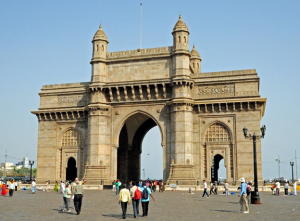 One of the first points of interest on the tour was a structure called “Gateway of India.” This was completed in 1911, the year of my father’s birth. It was meant to commemorate the visit of King George V and Queen Mary and was the iconic entrance for steamer passengers coming to India. Today, it is symbolic of Britain’s departure when India won independence.
One of the first points of interest on the tour was a structure called “Gateway of India.” This was completed in 1911, the year of my father’s birth. It was meant to commemorate the visit of King George V and Queen Mary and was the iconic entrance for steamer passengers coming to India. Today, it is symbolic of Britain’s departure when India won independence.
There were crowds of people in the area of The Gateway to India. Someone reminded me that was the site of a terrorist bomb a few years ago. This helped me understand the annoying immigration procedure a little better. Interestingly, the movie “Passage to India” was shown on the ship while we were in India. I had remembered seeing it many years ago but found it much more interesting while I was, not only in India but, close to the “Gateway to India.”
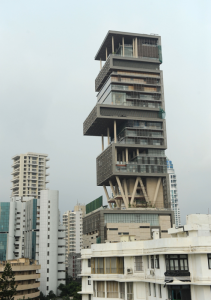 One of the interesting places pointed out to us while we were riding around in our tour bus was an odd looking gray building. It was owned by a billionaire (see editor’s notes at end) and had interesting features such as helicopter landing pads. I had never heard of it before but I suspect I will hear more about it in the future. It may be the most expensive home in the world. In my humble home on Sunday mornings, I enjoy watching a half-hour program called “Open House.” This TV show gives tours of million dollar properties but none quite as extreme as what we were told about the unusual gray building. The tour guide told us that, in general, the insides of houses are far more attractive than what we see on the outside. In San Diego, a house on the market that do not have curbside appeal will have a sign that proclaims “I’m Beautiful on the Inside!”
One of the interesting places pointed out to us while we were riding around in our tour bus was an odd looking gray building. It was owned by a billionaire (see editor’s notes at end) and had interesting features such as helicopter landing pads. I had never heard of it before but I suspect I will hear more about it in the future. It may be the most expensive home in the world. In my humble home on Sunday mornings, I enjoy watching a half-hour program called “Open House.” This TV show gives tours of million dollar properties but none quite as extreme as what we were told about the unusual gray building. The tour guide told us that, in general, the insides of houses are far more attractive than what we see on the outside. In San Diego, a house on the market that do not have curbside appeal will have a sign that proclaims “I’m Beautiful on the Inside!”
The gray building was quite a contrast to what is called the “dhobi ghat.” This is an area where people have supported themselves for generations by hand washing laundry. Somehow, without the formal technology we are all accustomed to, these people have an efficient system of collecting dirty clothes and returning clean, nicely ironed clothes. It is hard to figure how these people get clothes clean in what appears to be dirty water but they do. I took the obligatory pictures but felt really happy about my laundromat on the Amsterdam.
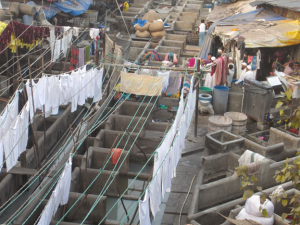 There is a lunch delivery system similar to the laundry system. Apparently, without much education or the use of computers, certain people deliver home cooked meals. What makes this interesting is that mistakes in terms of delivery are almost non-existent. For a brief period of time, in 1992, I helped a friend with the administrative aspect of “Doorstep Diets” in San Diego. The business delivered tasty, calorie-counted meals to coolers waiting at customers’ front doors. Despite computers and our best efforts, mistakes were inevitably made.
There is a lunch delivery system similar to the laundry system. Apparently, without much education or the use of computers, certain people deliver home cooked meals. What makes this interesting is that mistakes in terms of delivery are almost non-existent. For a brief period of time, in 1992, I helped a friend with the administrative aspect of “Doorstep Diets” in San Diego. The business delivered tasty, calorie-counted meals to coolers waiting at customers’ front doors. Despite computers and our best efforts, mistakes were inevitably made.
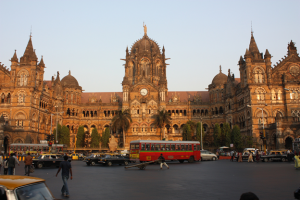 One of the places we drove by in our tour was “Victoria Terminus.” This is an ornate train station built in the time of the British rule. Reportedly, a half a million passengers pass through this terminal every day. I have not seen the movie “Lion” yet but it is a true story about a little boy in India who fell asleep in a train car and was transported 500 miles. This gives insight into a culture where transportation by train still plays a dominate role in everyday life. I am glad that our Santa Fe Depot in San Diego has been preserved. My maternal grandfather and grandmother never drove a car. Trains played a dominant role in their lives.
One of the places we drove by in our tour was “Victoria Terminus.” This is an ornate train station built in the time of the British rule. Reportedly, a half a million passengers pass through this terminal every day. I have not seen the movie “Lion” yet but it is a true story about a little boy in India who fell asleep in a train car and was transported 500 miles. This gives insight into a culture where transportation by train still plays a dominate role in everyday life. I am glad that our Santa Fe Depot in San Diego has been preserved. My maternal grandfather and grandmother never drove a car. Trains played a dominant role in their lives.
Riding in a tour bus in Mumbai is not like any other place we had toured. There was non-stop honking. I tried to pretend some couple had just gotten married but I have to admit the honking got on my nerves.
Our last stop on the tour was at a very nice hotel for refreshments. The hotel was as pleasant and serene as the streets were unpleasant and chaotic. Since the morning tour had to be rescheduled to the afternoon, by the time Mary and I returned to the ship, there was only a twenty minute window of opportunity to board the ship before we were to be onboard another bus for an evening tour.
Mumbai by night is referred to as “The Queen’s Necklace.” The route was virtually the same as “Panoramic Mumbai” which we had just taken. The difference was the lights of the city and the water after dark. The description mentioned “a favorite promenade for locals” and I found this to be true. There was a long strand of beach with a wall that reminded me of how people gather at Mission Beach at sunset. I found it somehow gratifying to know that at the end of the day people enjoyed gathering at the water’s edge.
The following afternoon, I agreed to accompany Lila into Mumbai. She is the widowed mother of nine and an artist. She wanted someone to go with her to take a taxi to the Prince of Wales Museum. Mary rested aboard ship and I accompanied Lila first to the green gate and then to the museum by taxi. I negotiated a round trip for $5.00. I paid $3.00 upon our arrival at the museum.
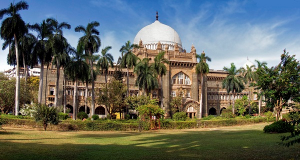
Between where the taxi let us off and the green gate was only about 15 feet but we were besieged by souvenir sellers. I was trying very hard to get Lila to the gate in one piece. She ended up buying a purse for a dollar and a string of little elephants for $3.00. She felt perfectly safe pulling money slowly from her wallet. I was paranoid about the potential of being robbed. I think this demonstrates how two people may perceive the same situation very differently.
I just wanted to write a little about the fact that we were tied up to a pier at what I would call a “working port.” A few years ago, I got a tour, by bus, of our own Port of San Diego. I learned that there was much more going on than I was aware of. This was true about the place where we docked. There were hundreds of cars that were either coming or going, I could not tell. There were giant spools of what looked like sheet metal. A fellow passenger claimed these were parts for windmills but I doubted it. There was a train that stopped in from of us after one tour when we were on the shuttle retuning to our ship.
I think that a sidelight of the benefits of taking a world cruise is realizing how important shipping is in terms of commerce. I am learning things I did not even anticipate learning!
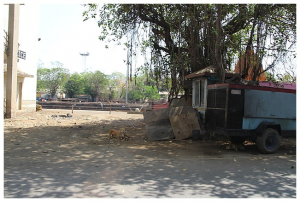
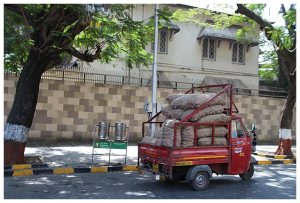
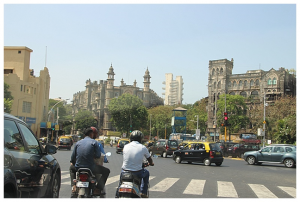
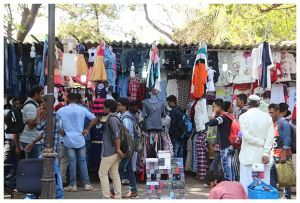
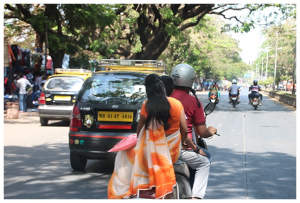
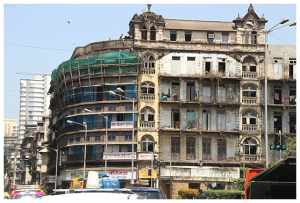
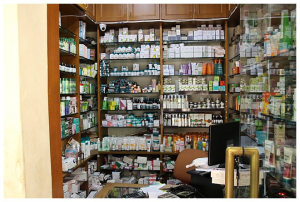
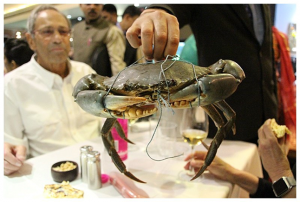
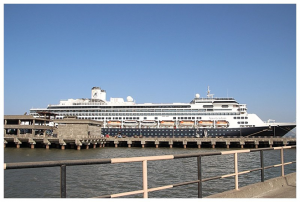
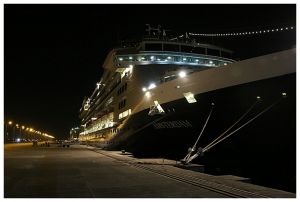
As of July 2016, Mukesh Ambani’s net worth is 18.9 Billion USD.
He is the chairman and Managing Director of Reliance Industries Limited.
He is the elder son of the late Dhirubhai Ambani and holds the highest 44.7% shares of RIL.
He is the 36th richest man in the world, second in Asia and the richest in India.
He currently owns the IPL team, Mumbai Indians.
After dropping out of Stanford, Mukesh Ambani joined Reliance in 1980.
He set up technology centered Reliance Communication Limited and also created world’s largest grassroots petroleum refinery in Jamnagar.

